Tips: Remove the coin box by pulling it out by hand. Remove the cruise control buttons by prying with a small flat head. Then squeeze the connectors to release the electrical connector. Only the upper steering column cover needs to be remove, leave three screws on the lower cover. The stock stereo is held by several bolts. They are accessible only after removing the bottom tray below the stereo.
Each square box is a screw behind it. 12 screws have to be remove.
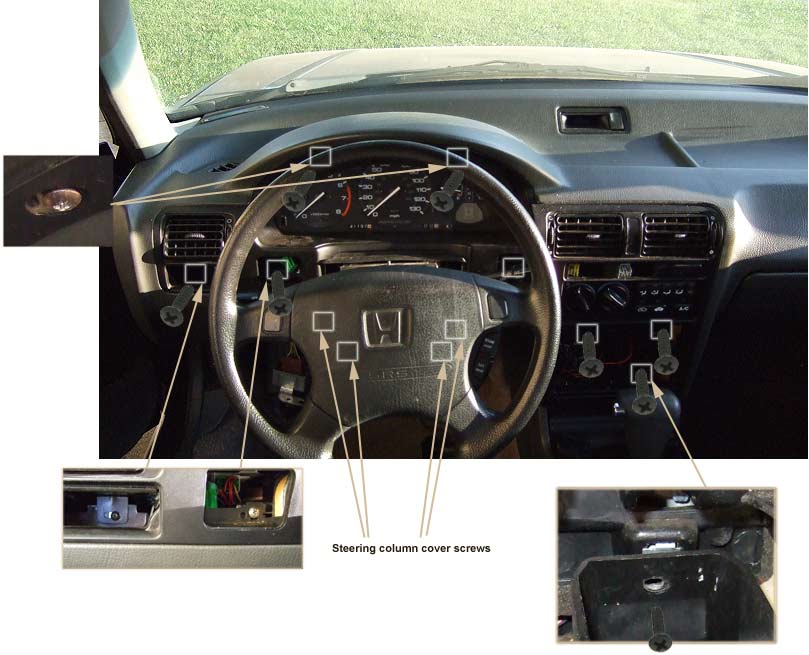
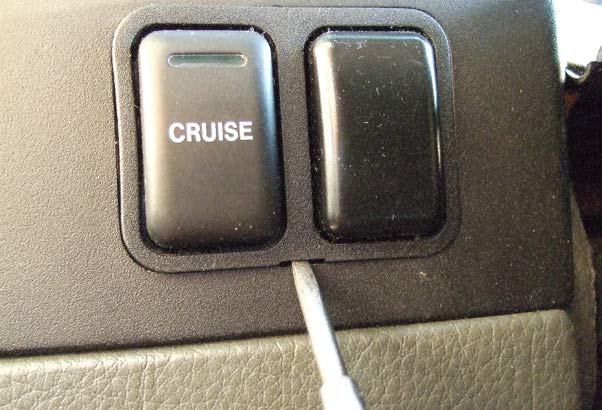
Prying with a small flat head with a cloth wrapped to prevent marring.
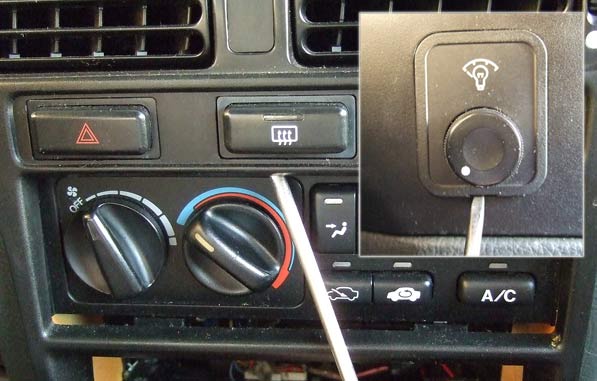
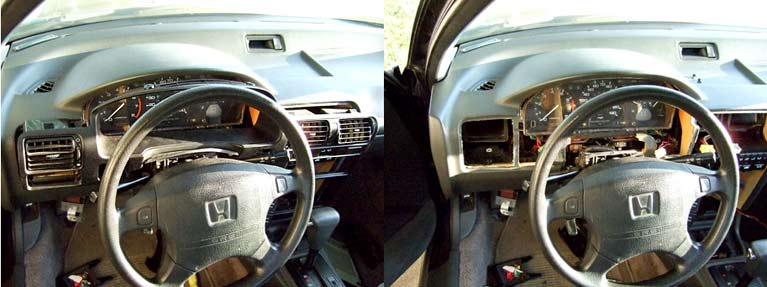
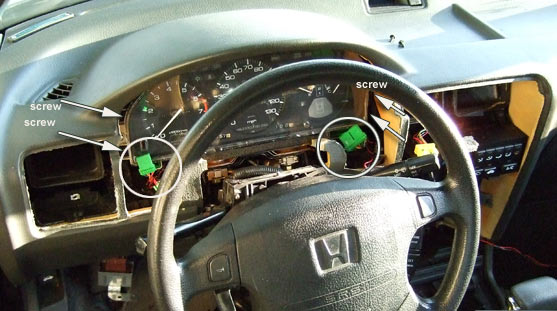
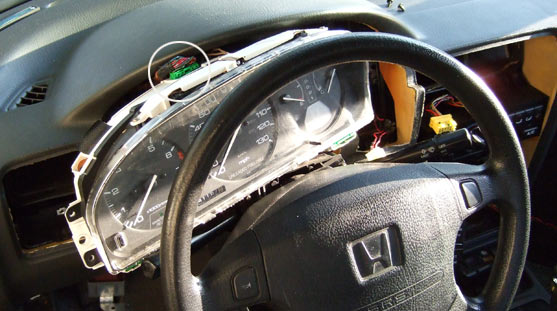
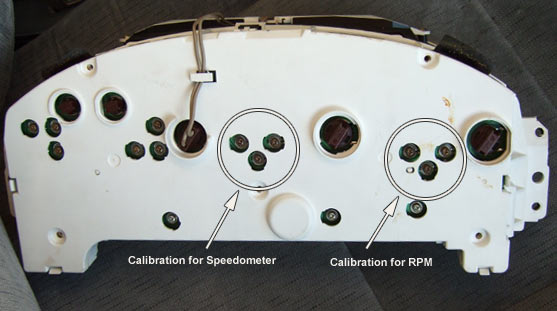
The calibration is done by twisting the screw until it is tight. Then slowly release the screws (counterclockwise) until there are little or no pressure. Then twist the screws clockwise again using a lot of care to make sure that each pressure on each screw is balance and has the same identical pressure as the screw before it. A test drive will confirm that it is calibrated correctly.
Signals for speedometer is pulsing positive.
Signal for rpm is pulsing ground.
If they are fine then determine if the gauge is faulty by putting a working gauge in it's place. Most often if both speed and rpm gauge fail at the same time, the power supply or calibration may be the problem.